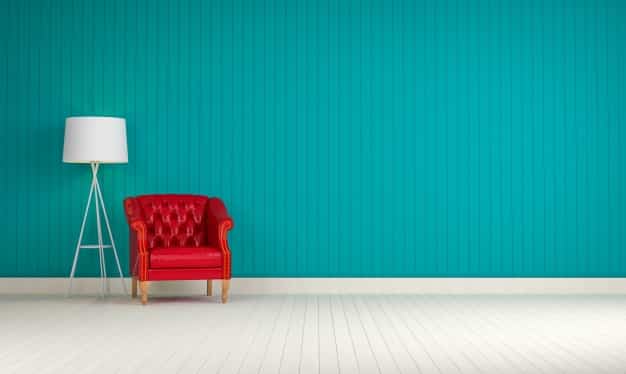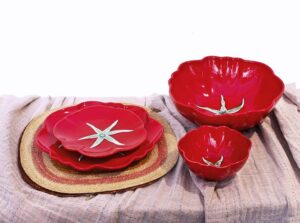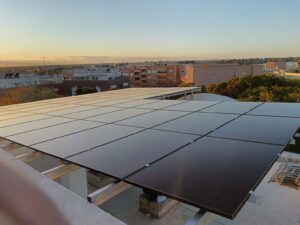In the field of architecture, the facade of a house transcends its basic function as a physical boundary; it becomes a tangible expression of the lifestyle of those who inhabit it and a mirror of its immediate surroundings. The diversity of available styles brings distinctive characteristics that not only redefine the aesthetics of a home, but also optimize its functionality. This article delves into the most prominent facade styles and their design features.
Recently, the modern style has captured the attention of architects and homeowners, thanks to its minimalist and functional conception. Modern facades are recognizable for their clear lines, large windows, and the use of materials such as concrete, glass, and steel. This architectural approach promotes a fusion between the interior and exterior, encouraging the entry of natural light and connection with the surrounding nature.
In contrast, the rustic style evokes an atmosphere of warmth and closeness to nature. Facades of this style are often built with stone, wood, or brick, displaying rich textures and natural finishes that blend them harmoniously into rural or mountainous areas, where they seamlessly integrate with the landscape.
On the other hand, the classic style has demonstrated its resilience over time. It is characterized by elaborate decorative elements and an emphasis on symmetry. Classic facades often incorporate columns, moldings, and ornamental details that give an elegant and formal air. This style is common in houses with colonial or Victorian influences, commonly located in historic neighborhoods.
The Mediterranean style, inspired by the sunny environments of southern Europe, combines warm tones with tiled roofs and whitewashed walls. This type of facade promotes outdoor living, often integrating courtyards, balconies, and gardens. Arches and wrought iron details add a touch of sophistication that reflects a relaxed and welcoming lifestyle.
In recent years, the industrial style has resurged in urban areas, distinguished by its use of materials such as exposed steel, brick, and concrete. This approach creates a robust and urban look, ideal for loft spaces and residences seeking a contemporary and avant-garde character, while preserving the history of old buildings.
Regardless of the selected style, it is crucial that a home’s facade not only be visually appealing but also functional and suitable for the climate and surroundings. The choice of materials and design significantly impacts the energy efficiency and sustainability of the home. Thus, architects and designers face the challenge of balancing aesthetics with practicality, seeking innovative solutions that respect the environment.
In conclusion, house facade styles illustrate architectural trends and personal preferences that evolve over time. By opting for an appropriate design, homeowners have the opportunity to beautify their home and create a space that resonates with their lifestyle and environment, establishing a harmonious relationship between the building and its context.
Referrer: MiMub in Spanish












